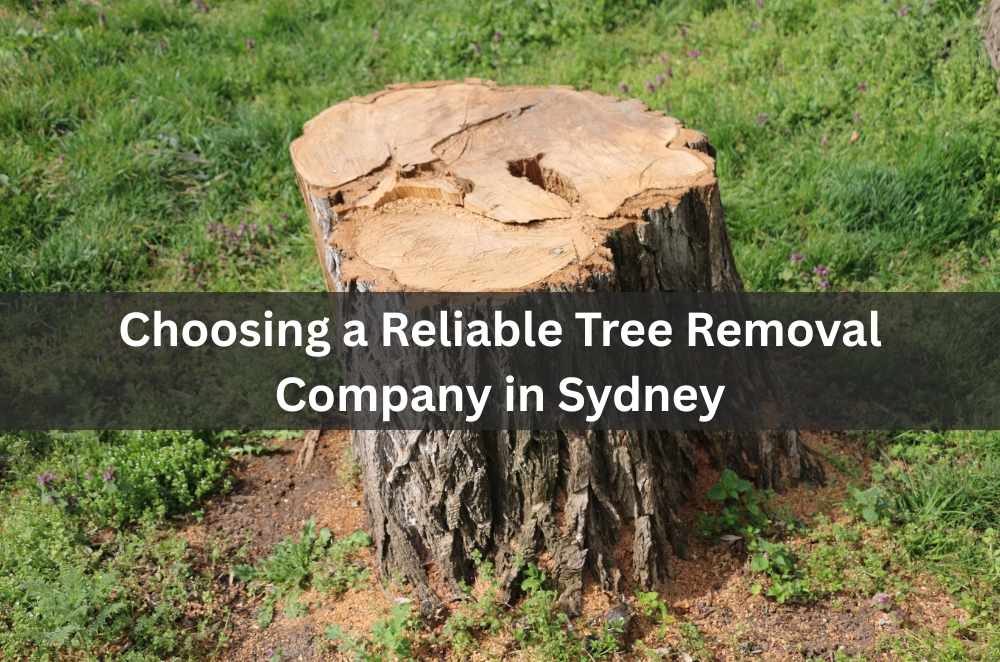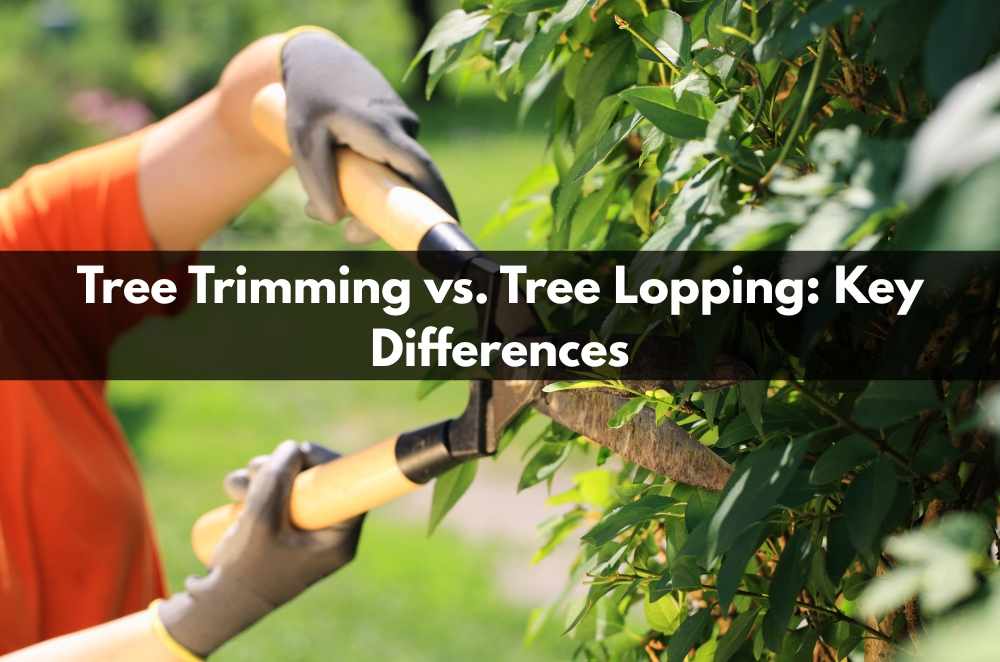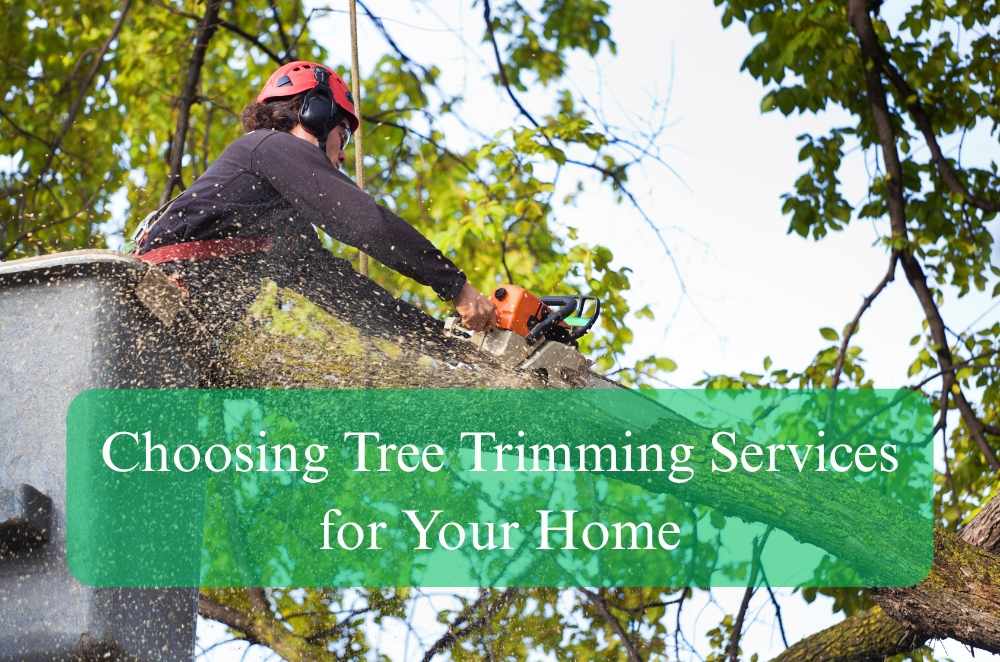
I used to think trees could mostly take care of themselves — until a rotting gum nearly came down on my neighbour’s car. Since then, I’ve learned that professional tree removal isn’t just about cleaning up after storms or clearing land. Sometimes, it’s the only thing preventing serious property damage — or worse.
If you’ve got a tree that looks off, leans strangely, or keeps dropping heavy limbs, don’t wait until it’s too late. Here’s how to tell if that tree in your yard is becoming a real risk.
Leaning trees: Cause for concern or just quirky?
Not every leaning tree is dangerous. But if the angle has changed recently, or the lean is growing, that’s a red flag. Trees don’t normally move without a reason.
Check for:
Cracks in the soil around the base
Exposed roots, especially on the opposite side of the lean
Fresh tilt after heavy rain or strong winds
Shifting weight toward buildings, fences or vehicles
Sometimes, the tree’s growing toward light or adjusting over time — other times, the root structure is failing beneath the surface.
Dead limbs = warning signs
It’s easy to ignore a single dead branch. But more than one, especially in the upper canopy? That’s often the first visible sign of decline.
You might notice:
Brittle or bare limbs when the rest of the tree is in leaf
Bark peeling away in vertical strips
Fungal growths or conks (shelf-like fungi) on the trunk
Sudden limb drops in calm weather
In arborist terms, that’s “sudden limb failure,” and it’s no joke. I’ve seen full-sized branches crash down in still air — one missed my ute by maybe a metre.
Cracks, splits, and hollow trunks
Tree trunks are supposed to be strong, solid, and even. If you start seeing vertical splits, open cavities, or what looks like rot at the base, call someone in.
Internal decay can be slow and invisible for years before a trunk finally gives way. You won’t always notice until something fails. And when it does, the whole structure can collapse without warning.
A hollow trunk doesn’t always mean a tree is doomed, but it definitely needs a qualified assessment.
Tree too close to buildings? Watch the roots
Roots don’t stop growing just because you built a shed or paved a driveway nearby. In fact, many species can extend their roots two to three times the width of the canopy.
Some signs that the roots are a problem:
Cracked concrete or lifting pathways
Foundation issues or movement in nearby buildings
Blocked drains or underground plumbing problems
Declining plant health nearby due to root competition
Even a healthy tree may need to go if it’s compromising structures or services. It’s a hard call — but a necessary one.
Insects and fungi are your early warning system
When trees are stressed or dying, they attract pests. Borers, termites, and other insects start feeding on the weakened wood, which makes the problem worse.
Fungi, especially around the base, can signal root rot. Not the kind of garden mushroom you pick after rain — we’re talking dark, spreading growths that eat away at the wood internally.
By the time these signs appear, it’s likely the tree’s structural integrity is already compromised.
You may not have a choice — check your local rules
Sometimes, you want to keep the tree. But your local council might say otherwise — especially if it’s considered a safety hazard, an environmental weed, or interfering with power lines.
It’s essential to check the council tree removal guidelines before doing anything. In many areas, you need a permit to remove or even prune significant trees. The penalties for unauthorised removal can be steep.
A professional arborist can help with applications, reports, and navigating red tape.
Storm season: Don't wait until it's urgent
Storms are the number one cause of emergency tree removals in Australia. But the irony? Most of those emergencies could have been avoided with early intervention.
If you’ve got:
Large overhanging limbs
Split trunks
Trees growing near power lines
Debris is falling regularly in calm weather
…then storm season is not the time to play the odds.
I’ve seen jobs where the cleanup cost was double what proactive removal would’ve been.
Real-life example: The removal that paid off
A mate of mine had a big ironbark at the edge of his property, a beautiful old tree, with a massive canopy. But it had started dropping branches. Nothing major, until one punched through his pergola during a mild thunderstorm.
He finally bit the bullet, called in a pro, and had it removed. The arborist said the tree had internal decay, which was invisible from the outside. “A ticking time bomb,” he called it.
Sure, it cost a few grand. But compare that to the potential repair bill (or injury) if it had fallen during the night? Easy decision in hindsight.
Thinking it might just need a trim?
Sometimes the answer isn’t full removal — a targeted prune might do the trick. But you won’t know for sure until someone assesses the tree’s health and structure.
There’s a clear difference between trimming for shape and pruning for safety. Check out this comparison on tree pruning vs tree removal if you're weighing up options.
And if the tree’s growing into power lines or interfering with infrastructure, you’ll need specialists anyway — not a DIY job.
Should you DIY or hire a pro?
Short answer? Don’t DIY unless you’re trained, insured, and know exactly what you’re doing.
Even small removals can go wrong fast. You’re dealing with:
Tension-loaded limbs that can spring unexpectedly
Heavy trunks and falling hazards
Chainsaws, ropes, and elevated work platforms
Legal liability if anything (or anyone) gets hurt
Hiring a tree removal service ensures:
Proper equipment
Safety protocols
Waste removal
Council compliance
And let’s be honest — no one wants to be that neighbour with half a tree dangling into someone’s yard for three weeks.

Know what a proper assessment looks like
A reputable tree removal service will:
Inspect the full tree, roots to canopy
Identify structural weaknesses or disease
Assess fall zones and hazards
Offer a clear removal strategy (not just “we’ll sort it”)
Provide council paperwork if needed
If someone gives you a quote without even looking at the tree? Run.
Want to know more about the warning signs? This guide on how to know if a tree is dangerous is a solid next read.
Final thought: When in doubt, call it out
We get it — trees are part of the home. They give shade, privacy, and character. But when a tree becomes unstable, diseased, or dangerous, you need to act. Waiting can cost you far more in damage, stress, and repair.
If you're on the fence, call in a qualified arborist for an assessment. Better a proactive decision now than a reactive one later.







Write a comment ...